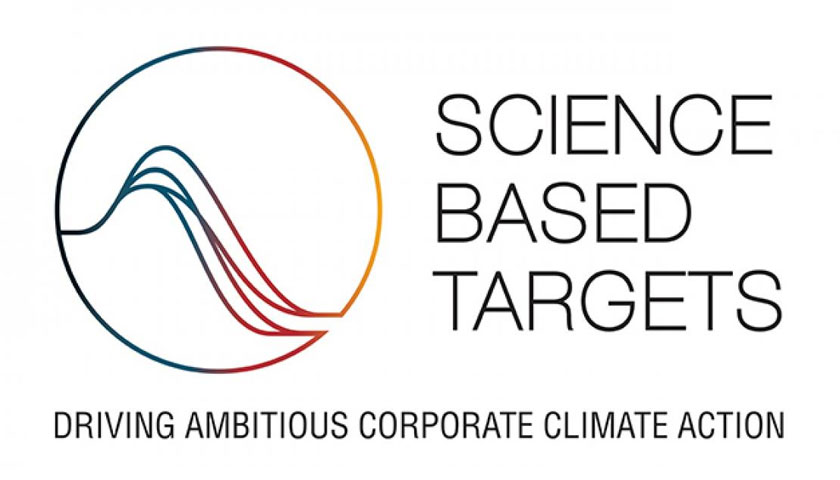The Science Based Targets initiative (SBTi), the global body enabling businesses to set emissions reduction targets in line with science, today launches the world’s first standard method for companies to set science-based targets that include land-based emission reductions and removals.
The Forest, Land and Agriculture (FLAG) Science Based Target Setting Guidance provides businesses in land-intensive sectors such as food, agriculture and forestry with the tools to play their part in preventing the catastrophic impacts of climate change. This sector represents nearly a quarter (22%) of global greenhouse gas (GHG) emissions, the largest emitter after energy.
More than 410 companies with land-intensive operations have committed or set targets through the SBTi and almost half are publicly reporting greenhouse gas (GHG) emissions — 38% are committed to setting net-zero targets. However, few account for land-based emissions (i.e. emissions from forestry and agricultural production, land use change and land management, included on-farm vehicle and fertilizer production) in their targets or disclosures due to the lack of available guidance and methods – until now. The SBTi FLAG Guidance gives businesses the understanding of how to accelerate decarbonization of land emissions to limit global warming to 1.5°C.
Martha Stevenson, WWF Senior Director and Senior Advisor for the SBTi, said: “The food we eat, the clothes we wear, the wood used in the houses where we live and the medicines that heal us are available thanks to the forests, lands and agriculture that sustain us. However, the commercialization of our natural environment is a significant source of emissions and is also the sector most vulnerable to the effects of global warming.
“Heat waves and droughts have become more frequent and intense. Storms have gotten stronger and floods more destructive. This is already causing serious damage to ecosystems, threatening food security, human health, businesses and economies around the world – especially in emerging countries. To avoid the devastating impacts of the climate crisis and to build resilience in the most vulnerable communities, cutting land-related emissions must be a priority.”
Companies are now invited to commit to set FLAG science-based targets to send a credible signal the sector is ready, willing and able to decarbonize and encourage local, regional and national policies to increase the level of climate ambition.
Emissions from the FLAG sector need to be cut by 72% by 2050
Companies within land-intensive sectors (e.g., food/forestry) or those with land-related emissions that contribute 20% or more of their overall emissions will now be required to set FLAG science-based targets.
In addition to a near-term FLAG target, covering immediate emissions reductions for the next 5-10 years, companies are encouraged to develop a long-term net-zero FLAG target to achieve deep emissions cuts of at least 72% before 2050, aligned to the SBTi Net-Zero Standard.
Top priorities: reduce emissions from deforestation and enhance carbon sinks
The SBTi recognizes the climate mitigation potential of all land use change. However, stopping deforestation makes up the majority (80%) of the 4.6GT mitigation potential from land use change. Which is why, in addition to including all these emissions in the target setting framework, the SBTi FLAG Guidance requires companies to make a commitment to no-deforestation by no later than 2025.
More than half of the mitigation opportunity in the land sector is from carbon removal activities. Therefore, in addition to setting targets to reduce land-based emissions, the SBTi FLAG Guidance requires companies to account for GHG removals, like soil carbon sequestration and improved forest management, in their near-term targets. Removals are not a substitute for deep emissions cuts.
Christa Anderson, Director at WWF and co-lead of the SBTi FLAG project, said: “The next few years are critical in our efforts to address the climate crisis, and this guidance addresses 22% of global emissions that have largely been ignored to date. The food, land and agriculture sector has the potential to both cut emissions and enhance carbon sinks at the pace to keep the goal of limiting climate change to 1.5°C within reach.
Companies should incorporate this guidance into their planning and take action now – stop deforestation and improve land management practices – if we are to have a sustainable future tomorrow.”
The FLAG Science Based Target Setting Guidance was developed in consultation with business, academics and civil society, including a public consultation that received over 1,600 comments from more than 165 organizations.
